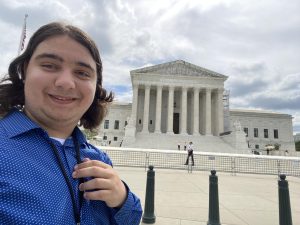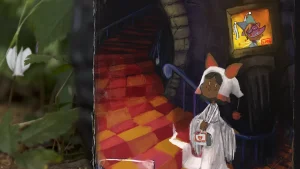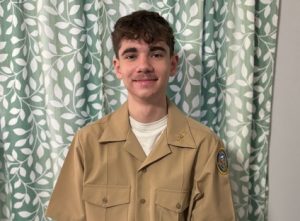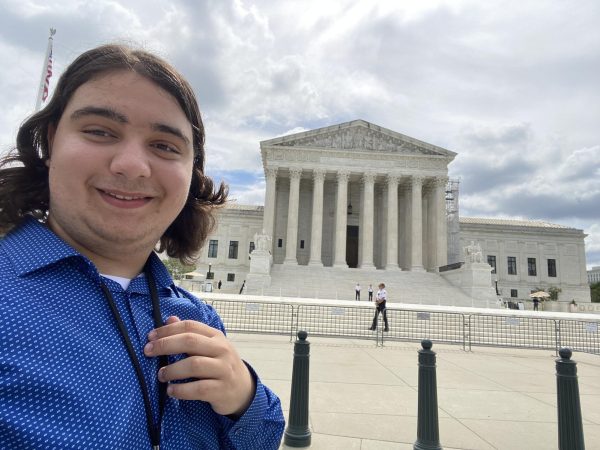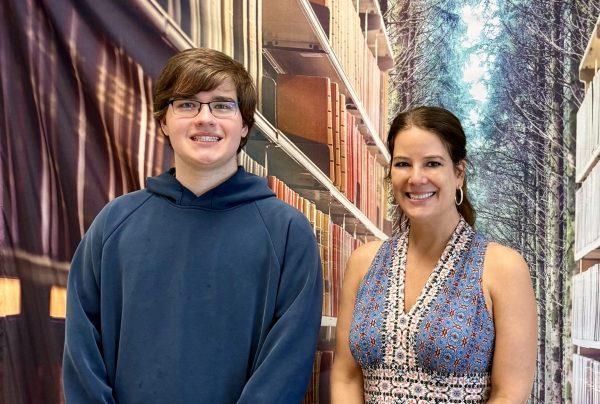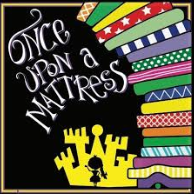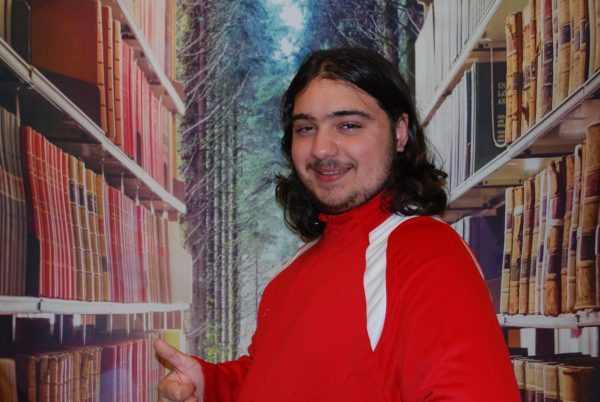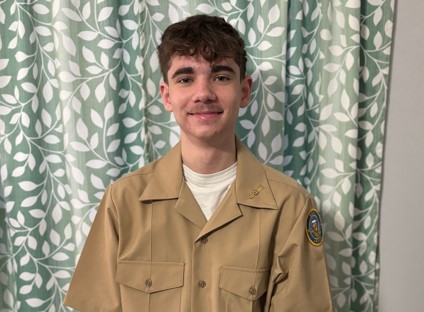Marching for Something Real
After I talked to the students from Newton, we then posed for a picture together. (From left to right) Me, Ally Tolson, Elizabeth Sally Claire Doubis, Maya Wadhwa, Cat Pendergast, and Jenny Wadhwa.
This past weekend, I joined an estimated 800,000 people in Washington D.C. for the March for Our Lives. I have always stood up for what I believed in through my voice and my actions. My belief in non-discrimination and equal opportunity led me to participate in the Women’s March on Philadelphia in January, for example.
However, marching this past Saturday felt different. I was marching not just for an idea, but for something immediately real. I marched for the 20 elementary students who died at Sandy Hook elementary, for the 17 teenagers who died at Marjory Stoneman Douglas High School, and for the real fear students at my high school and other schools feel every day.
The march had many inspiring moments that brought that reality home.
One was when MSD student activist Emma Gonzalez didn’t speak, but stayed silent for 6 minutes 20 seconds — the duration of the shooting that took 17 lives in Parkland Florida — as tears ran down her cheeks. All that could be heard in the crowd were sniffles from silent cryers, as tears welled in all of our eyes. After the silence, she read the name of each victim, followed by something he or she would never do again: “My friend Carmen would never complain to me about piano practice, Aaron Feis would never call Kyra ‘Miss Sunshine’ again…”
After the march, walking to my train, I ran into Parkland survivor Jorgie Garrido, who was in school on the day of the shooting but got out before the open fire began.
“I was on the other side of the school and when the fire alarm went off I ran,” he said. “I actually went out the same route the shooter [later] did.”
Although Jorgie was lucky enough to survive, his outlook on life has been damaged forever.
“I was friends with two of the victims,” he said. “Seeing the spots they would sit at at lunch, or where I would see them in hallways, just having that hole there, that’s been difficult.”
After we were done talking, I gave him a hug and told him that change is on the horizon. After we pulled apart, he read my shirt, which said, “I was suspended for WALKING OUT and it was worth it” (My friend’s mom had made the shirt for me after I was suspended on March 14, for walking out of my school during the National School Walkout.)
“Thank you,” Jorgie said. “That is good reason to get suspended.”
The shirt got the attention of a lot of people, including a Johns Hopkins professor who said, “Send your application to us”. Even the President of Planned Parenthood, Cecile Richards, walking with her entourage, took a moment to stop and say something to me.
She said, “You went from walking out and getting suspended to coming to a march with literally, hopefully, millions of people who do stand with you and what you did, and now that you’ve done that you can do anything. I’m glad you came.”
Another moment that made the ideas behind the march so real was when Sandy Hook survivors and founders of the Junior Newtown Action Alliance Jackson Mittleman and Tommy Murray presented Parkland students with a banner signed by all of their students. At the end of their speech, they said many families from Sandy Hook were in attendance, wearing white and green shirts.
I looked around and saw three girls wearing the shirts, with puffy red eyes and tears streaming down their faces.
“Mom, can you hold my bag?” I said before running over to them and hugging them.
First, I hugged Heidi Alvarez, who told me her story.
“My sister was in that school and I lost the woman I looked up to an I will never see again,” she said. “That was the day my sister changed completely; she was in third grade, she shouldn’t have seen that much.”
Heidi said her younger sister, Cynthia, was in her third grade elementary school classroom at the time of the shooting.
“She came home she couldn’t sleep; she has nightmares everyday,” Heidi said. “She would just come to me crying, and I just didn’t know what to do.” She said her sister has told her, “‘I was in the room. I heard the gunshots and I couldn’t do anything. I just had to sit there and listen, and my teacher had to watch and protect me.’”
She is not sure if her sister will ever be able to fully recover.
“No third grader should ever have to go through that,” Heidi said. “Never ever. She is a little child and after that her life changed she will never ever be the same.”
I also hugged Ally Tolson, also from Sandy Hook.
“It’s indescribable,” she said. “It’s something you will never ever forget. It has been five years, but it felt like yesterday. Not a day goes by without thinking about it”another student.”
In that moment, with their tears still wet on the sleeve of my sweatshirt, I knew why I had come to the march. Fighting for school safety is not just an idea or belief to stand for. The victims’ stories are real, their trauma is real, and it is something they still have to deal with everyday.

Casey is a Sophomore and a new student to Boyertown.
Casey is a huge student activist who in her free times enjoys making her voice heard around the...
